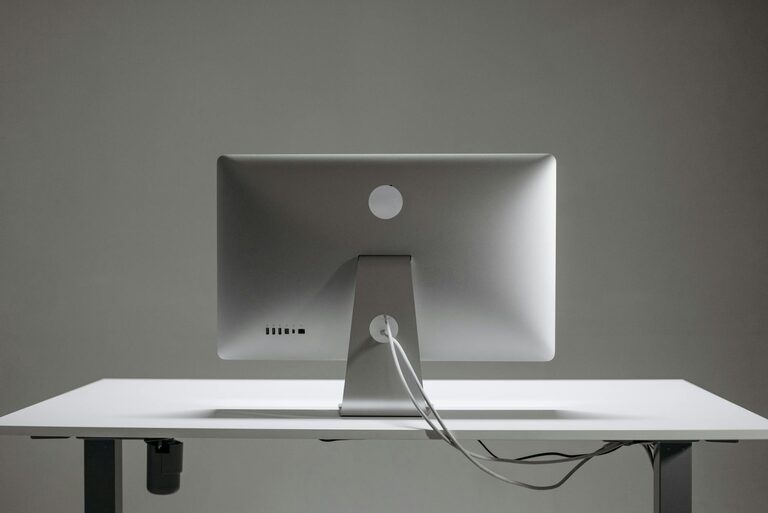Keeping cables and chargers neat can be a challenge, especially as we accumulate more devices that need power. Tangled cords and cluttered drawers not only look messy but can also make finding the right charger a frustrating experience. In this post, we’ll explore practical tips and steps to organize your cables and chargers neatly, helping you maintain a clean and functional space.
Why Organize Cables and Chargers?
Before diving into solutions, it’s helpful to consider why organizing cables is worth the effort:
– Saves time: No more untangling or searching for the right cord.
– Increases lifespan: Proper storage prevents damage like fraying or bending.
– Reduces clutter: A tidy appearance improves your workspace or living area.
– Improves safety: Minimizes trip hazards and exposure to damaged cords.
Now, let’s look at how to achieve this organization.
Step 1: Gather and Sort Your Cables
Begin by collecting all your cables and chargers from around your home or office. This includes phone chargers, laptop cords, USB cables, HDMI cables, and any other wires.
– Sort by type: Group similar cables together—for example, all USB chargers, all audio cables, etc.
– Sort by length: Group cables by length; shorter ones in one pile, longer in another.
– Check condition: Discard broken or obsolete cables to reduce what you need to organize.
Step 2: Label Each Cable
Labeling helps identify cables quickly and avoids confusion later.
– Use small tags, stickers, or masking tape to write what device the cable belongs to.
– For color-coding, you can use different colored tape or cable ties to indicate categories, such as red for charging cables, blue for data cables, and so on.
Step 3: Choose Storage Solutions
Several storage options can keep your cables neat and accessible. Consider your space and how often you use each cable.
Cable Organizers and Cases
– Zippered pouches or bags: Great for keeping cables sorted and protected inside drawers or bags.
– Cable organizers: Specially designed holding cases with compartments or elastic loops.
– Hard shell cases: Provide extra protection for delicate or high-value cables.
Containers and Drawers
– Use small boxes, jars, or drawer dividers to separate grouped cables.
– Label compartments to keep order.
Wall or Desk Mounted Options
– Cable clips and holders: Attach to desks and walls to route cables neatly.
– Pegboards: Hang cables with hooks for easy access and display.
– Cable boxes: Conceal power strips and extra cable length for workspace tidiness.
Step 4: Manage Cable Length and Prevent Tangling
Excess cable length often causes tangles and mess.
– Use Velcro or reusable cable ties: Coil cables loosely and secure them with ties to keep them from unraveling.
– Wind cables correctly: Use figure-eight patterns or simple loops to avoid damage.
– Avoid rubber bands: They can degrade and damage cables over time.
Step 5: Keep Frequently Used Cables Accessible
Reserve a spot for cables you use regularly.
– Use a small container or cable organizer near your workspace.
– Consider a charging station that can hold devices and chargers in one place.
Step 6: Maintain Your System
Organizing cables is not a one-time task. Set a routine to keep things tidy:
– Review your cables every few months.
– Remove any that you no longer need.
– Re-label or re-organize if things start to get messy again.
Bonus Tips
– Use DIY solutions: Toilet paper rolls, bread clips, or binder clips can become cost-effective cable holders.
– Color-code cables and chargers to match devices: This makes connecting quicker.
– Use cable sleeves: Bundle multiple cables together for a cleaner look under desks or entertainment centers.
Conclusion
Organizing cables and chargers doesn’t have to be overwhelming. With a bit of sorting, labeling, and the right storage tools, you can create a neat and functional setup. Not only will this save you time, but it also protects your cables and enhances the overall look of your space. Start with small steps today and enjoy the benefits of a clutter-free environment.
Happy organizing!

